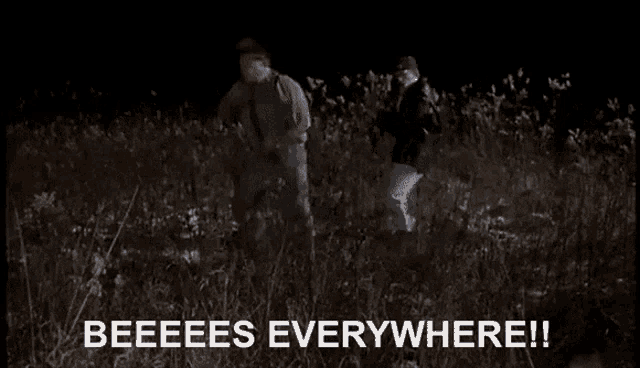- Joined
- Dec 17, 2013
- Messages
- 12,757
- Reaction score
- 13,700
They’re both my favorite.
Butterflies are also pollinators.
The monarch butterfly migration is quite amazing.
Butterflies are also pollinators.
The monarch butterfly migration is quite amazing.
Eastern Monarch
Decreasing day length and temperatures, along with aging milkweed and fewer nectar sources trigger a change in monarchs; this change signifies the beginning of the migratory generation. Unlike summer generations that live for two to six weeks as adults, adults in the migratory generation can live for up to nine months. Most monarch butterflies that emerge after about mid August in the eastern U.S. enter reproductive diapause (do not reproduce) and begin to migrate south in search of the overwintering grounds where they have never been before. From across the eastern U.S. and southern Canada, monarchs funnel toward Mexico. Along the way, they find refuge in stopover sites with abundant nectar sources and shelter from harsh weather. Upon reaching their destination in central Mexico beginning in early November, monarchs aggregate in oyamel fir trees on south-southwest facing mountain slopes. These locations provide cool temperatures, water, and adequate shelter to protect them from predators and allow them to conserve enough energy to survive winter. In March, this generation begins the journey north into Texas and southern states, laying eggs and nectaring as they migrate and breed. The first generation offspring from the overwintering population continue the journey from the southern U.S. to recolonize the eastern breeding grounds, migrating north through the central latitudes in approximately late April through May. Second and third generations populate the breeding grounds throughout the summer. It is generally the fourth generation that begins where we started this paragraph, migrating through the central and southern U.S. and northern Mexico to the wintering sites in central Mexico.
Decreasing day length and temperatures, along with aging milkweed and fewer nectar sources trigger a change in monarchs; this change signifies the beginning of the migratory generation. Unlike summer generations that live for two to six weeks as adults, adults in the migratory generation can live for up to nine months. Most monarch butterflies that emerge after about mid August in the eastern U.S. enter reproductive diapause (do not reproduce) and begin to migrate south in search of the overwintering grounds where they have never been before. From across the eastern U.S. and southern Canada, monarchs funnel toward Mexico. Along the way, they find refuge in stopover sites with abundant nectar sources and shelter from harsh weather. Upon reaching their destination in central Mexico beginning in early November, monarchs aggregate in oyamel fir trees on south-southwest facing mountain slopes. These locations provide cool temperatures, water, and adequate shelter to protect them from predators and allow them to conserve enough energy to survive winter. In March, this generation begins the journey north into Texas and southern states, laying eggs and nectaring as they migrate and breed. The first generation offspring from the overwintering population continue the journey from the southern U.S. to recolonize the eastern breeding grounds, migrating north through the central latitudes in approximately late April through May. Second and third generations populate the breeding grounds throughout the summer. It is generally the fourth generation that begins where we started this paragraph, migrating through the central and southern U.S. and northern Mexico to the wintering sites in central Mexico.




